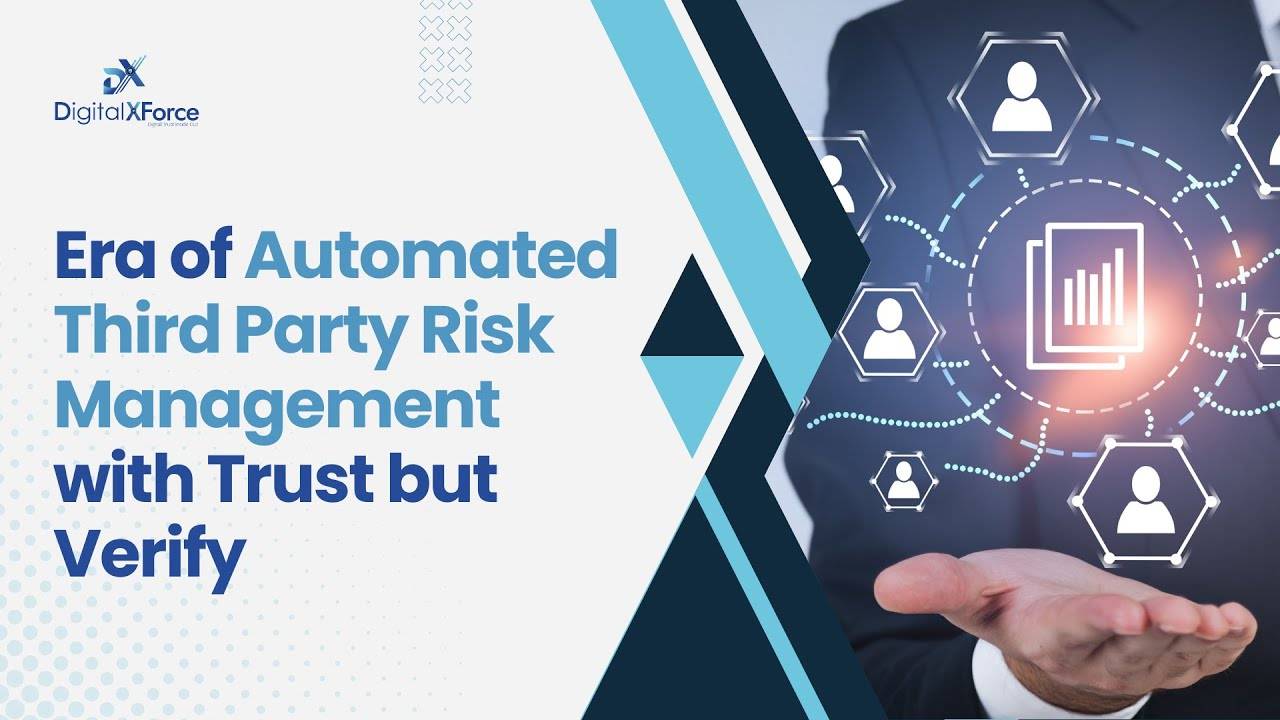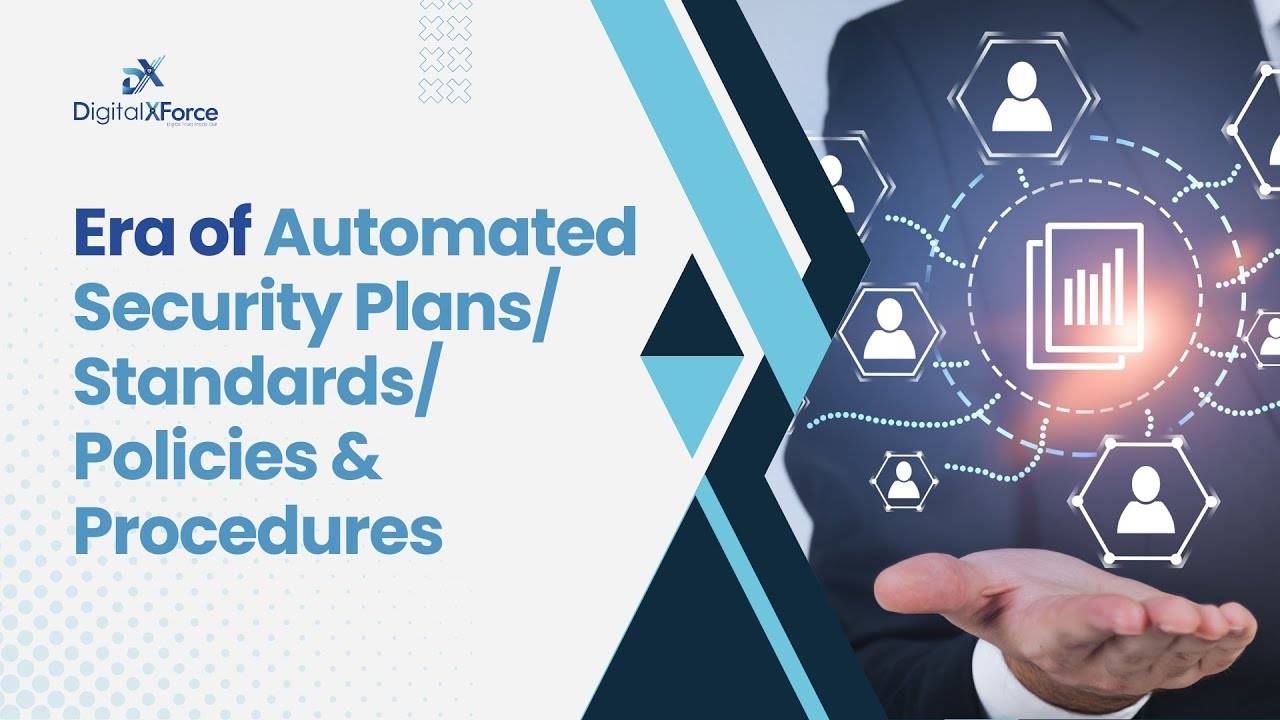Lalit Ahluwalia is committed to redefine the future of Cybersecurity by adding a “T-Trust” tenet to the conventional CIA Triad. Here, Lalit compares zero trust and digital trust security frameworks, highlights the key roles each framework plays in cybersecurity, and explores the potential benefits of implementing a security framework that considers zero trust as a digital trust enabler.

Digital Trust and Zero Trust are two paradigms that have emerged as frontrunners in the quest for robust cybersecurity measures. Thanks to the rapidly growing threat landscape, the concept of trust as we know it today has taken on new dimensions. How we approached security a decade again will certainly not work in this age.
With the escalating frequency and complexity of cyber threats, safeguarding sensitive data and critical systems has become paramount. Both frameworks – Digital Trust and Zero Trust – are not just buzzwords; they represent fundamental shifts in how organizations approach security posture.
In this article, we demystify the concepts of Digital Trust and Zero Trust framework, exploring their significance, differences, why transitioning from zero trust to digital trust is paramount, and how both frameworks are redefining the future of cybersecurity.
Understanding Digital Trust in a Digital Ecosystem
Digital Trust encapsulates the traditional notion of trust transposed into the digital realm. It hinges on the idea that individuals, organizations, and systems can interact in the virtual space with the same confidence and predictability as they do in the physical world.
At its core, Digital Trust centers around establishing and maintaining reliability, integrity, and authenticity in digital interactions. But, what’s so special about “digital trust”?
The Pillars of Digital Trust
Identity and Access Management (IAM): In a world where digital identities hold significant value, identity and access management becomes crucial. Robust authentication and authorization mechanisms ensure that only authorized users gain access to sensitive data and systems.
Data Privacy: Ensuring the privacy of user data has become paramount due to regulations like GDPR and CCPA. Organizations must demonstrate transparency and accountability in handling user data, fostering trust between them and their users.
Secure Communication: Encryption, secure protocols, and secure channels are vital to prevent eavesdropping and tampering during digital communication, guaranteeing the confidentiality of information.
Digital Footprint Management: Minimizing the digital footprint reduces the attack surface. Organizations need to manage what information they expose to the digital world, limiting potential avenues for exploitation.
Third-Party Risk Management: Trust extends beyond internal operations. Organizations must vet and monitor third-party vendors, ensuring that their security measures align with the organization’s standards.
Zero Trust: The Paradigm Shift in Security Mindset
In contrast to Digital Trust, the Zero Trust model takes a more skeptical stance. Coined by Forrester Research, Zero Trust challenges the traditional perimeter-based security approach, assuming that no entity, whether inside or outside the organization, is inherently trustworthy. In a nutshell, every access request is treated as a potential threat until proven otherwise.
This approach is particularly relevant in today’s context of remote work, cloud computing, and the proliferation of mobile devices.
Key Principles of Zero Trust
Let’s consider the following key principles of the Zero Trust security framework.
Least-Privilege Access: Ensure that users have access only for the minimum privileges required to perform their tasks. This minimizes the potential damage caused by compromised accounts.
Micro-Segmentation: Divide networks into smaller segments, allowing for granular control over communication. If a breach occurs, it’s contained within a limited portion of the network.
Continuous Monitoring and Analytics: Real-time monitoring and advanced analytics enable the detection of anomalies and suspicious activities. Analyze behavioral patterns to spot deviations from the norm.
Multi-Factor Authentication (MFA): MFA adds an extra layer of security by requiring users to provide multiple forms of verification before granting access.
Access Control: Control access at a more detailed level, even within the network. This restricts lateral movement for attackers who manage to breach the perimeter.
Digital Trust vs Zero Trust: The Dichotomy
While Digital Trust and Zero Trust share the overarching goal of enhancing cybersecurity, they represent different approaches. Digital Trust seeks to foster a sense of confidence and reliability, assuming trust in established systems and entities.
In contrast, Zero Trust operates under the assumption that trust is a continually earned status, focusing on minimizing the potential impact of breaches by narrowing access points and closely monitoring activity.
Transitioning from Zero Trust to Digital Trust: A Paradigm Shift
While it is super cool to choose either of these frameworks, it is also imperative to understand the rapidly evolving threat landscape we must protect our assets from. The dynamic nature of the cybersecurity landscape calls for a constant reassessment of strategies and approaches.
As organizations grapple with the challenges posed by growing threats and the need for seamless user experiences, a transition from a Zero Trust model to a Digital Trust framework becomes a pertinent consideration.
Why Transition?
Here’s why transitioning from zero trust to digital trust is essential:
Balancing Security and Usability: Zero Trust’s rigorous access controls can sometimes hinder user experience. Transitioning to Digital Trust allows organizations to strike a balance between stringent security measures and user convenience.
Adapting to Changing Work Environments: As remote work and cloud adoption become the norm, the traditional perimeter-based approach of Zero Trust can be limiting. A Digital Trust model accommodates these changes by focusing on securing identities and data, regardless of their location.
Embracing Trust as a Foundation: Trust is a core element of successful digital interactions. Transitioning to Digital Trust enables organizations to build more positive relationships with users, partners, and stakeholders, fostering collaboration and growth.
How to Transition from Zero Trust to Digital Trust?
Let’s take a quick look at how you can transition from Zero Trust to Digital Trust:
Comprehensive Identity Management: Transitioning to Digital Trust requires a strong foundation in identity and access management. Implement robust authentication mechanisms and adopt a single sign-on (SSO) approach to streamline user access while maintaining security.
Behavioral Analytics: Leverage behavioral analytics to detect anomalous activities and potential threats. By analyzing user behavior, organizations can identify deviations from the norm and take proactive security measures.
Secure APIs: In a Digital Trust framework, APIs play a crucial role in facilitating secure interactions between systems. Implement robust security measures for APIs to ensure the integrity of data exchanges.
Education and Training to Create Awareness: A successful transition demands educating employees and stakeholders about the changing security landscape and the benefits of Digital Trust. Training programs can empower users to recognize security threats and adopt best practices.
Redefining the Future of Cybersecurity With Synergy
It is very obvious that both frameworks have their unique advantages and disadvantages. What is the way forward?
At the core of DigitalXForce, we believe that implementing a synergistic approach will greatly improve the security posture of organizations, with digital trust at the forefront. The convergence of Digital Trust and Zero Trust represents a dynamic shift in cybersecurity paradigms.
As organizations transition from the stringent confines of Zero Trust to the more inclusive approach of Digital Trust, the future of cybersecurity is being redefined. The synergy of both models and a collective effort between employees and security teams will equip organizations with the tools and mindset to tackle the evolving threat landscape while maintaining a positive user experience.
Conclusion
The digital era has introduced new dimensions of trust and security, prompting organizations to reevaluate their cybersecurity strategies. Digital Trust and Zero Trust represent two contrasting yet complementary approaches that reflect the dichotomy of today’s interconnected world. As the digital landscape continues to expand, the convergence of these models into a hybrid approach, tailored to specific needs, offers the promise of a more secure and agile future.
Organizations must embrace this evolution, recognizing that redefining trust is pivotal to navigating the complexities of the modern cyber landscape. By transitioning from a rigid Zero Trust model to the more holistic approach of Digital Trust, organizations can pave the way for a safer, more collaborative, and innovative digital future.
Related Articles
Cybersecurity Risks of Autonomous Cars and EV Charging Systems
 DigitalXForce strengthens trust and security with SOC 2 certification, demonstrating robust data protection, privacy practices, and operational excellence in delivering cutting-edge digital solutions for clients across industries.
DigitalXForce strengthens trust and security with SOC 2 certification, demonstrating robust data protection, privacy practices, and operational excellence in delivering cutting-edge digital solutions for clients across industries.


